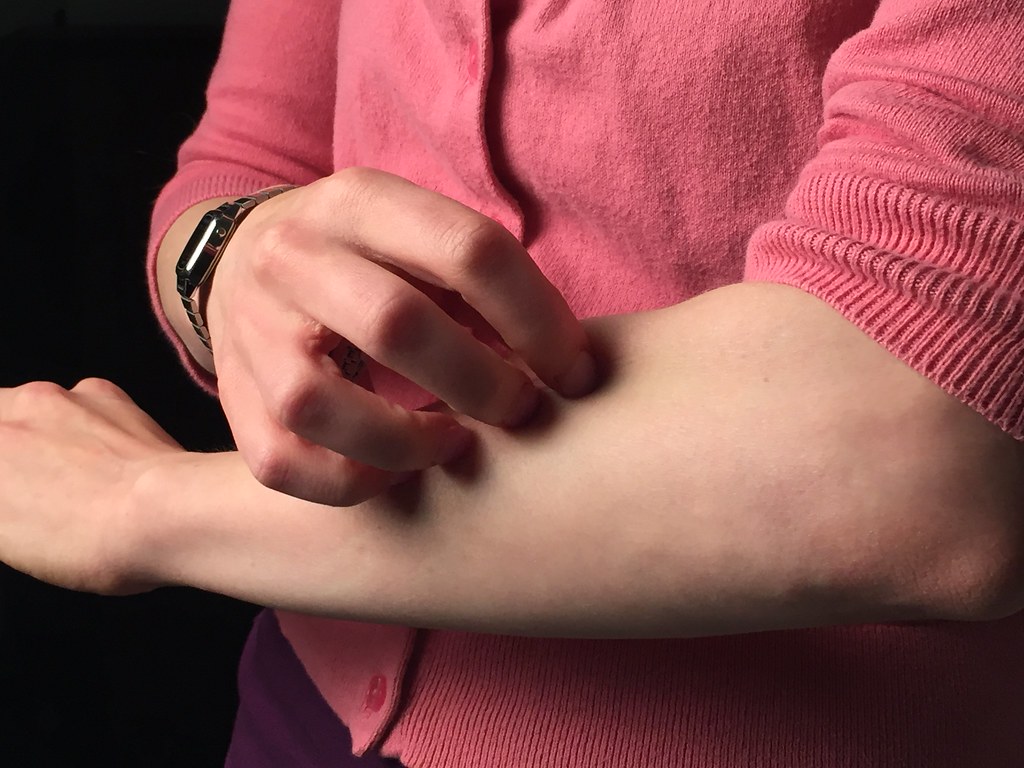Skin plays an active role in how the body responds to environmental and internal triggers. While symptoms vary by condition, many people experience rashes, itching, or irritation linked to allergies. These responses are not random—they result from how the immune system interprets certain substances as threats.
Allergies trigger a chain of events that affect skin cells and blood vessels. Substances such as pollen, pet dander, or specific foods prompt the body to release histamine. This chemical causes redness, swelling, or raised patches. Skin inflammation may continue even after the trigger disappears, especially if scratching damages the surface.
Understanding the relationship between allergies and skin helps people seek treatment sooner. It also allows providers to connect visible symptoms with internal causes. Timely care often reduces flare-ups and improves quality of life.
Skin Conditions May Signal Underlying Immune Responses
Common skin problems—such as eczema, hives, or contact dermatitis—frequently relate to allergic reactions. These conditions can flare suddenly after exposure to allergens. While the exact cause varies, the body’s immune response plays a major role in how symptoms develop and persist.
Atopic dermatitis, a chronic form of eczema, often appears in people with a history of allergies or asthma. Triggers may include detergents, fabric types, or changes in humidity. The skin barrier becomes weaker during flare-ups, allowing irritants to penetrate and worsen inflammation.
Urticaria, or hives, shows up as raised welts that move around the body. These red or pink patches itch and may change size rapidly. In some cases, they appear without a clear cause. However, stress, medications, or allergens often contribute to the reaction.
Contact dermatitis arises after direct exposure to substances like nickel, fragrances, or latex. Repeated contact causes redness, itching, or blisters. This condition involves both irritation and allergic response, especially when symptoms last beyond 24 hours.
Testing and History Guide Diagnosis and Treatment
Providers evaluate both the appearance of skin and patient history to determine the role of allergies. Patch testing may identify specific allergens causing delayed reactions. Blood or skin-prick tests may help confirm an immune system response to common environmental or food triggers.
Accurate diagnosis leads to more effective care. Treatment may include antihistamines, moisturizers, or barrier creams. For some individuals, immunotherapy helps reduce long-term sensitivity. Management involves both symptom control and trigger avoidance.
Lifestyle changes also support long-term improvement. These may include switching personal care products, adjusting laundry routines, or avoiding certain fabrics. In many cases, people notice improvement once the skin has time to heal without constant exposure to irritants.
Allergies Can Worsen Chronic Skin Disorders
Skin affected by chronic inflammation becomes more reactive over time. In people with conditions like psoriasis or rosacea, allergies may contribute to worsening symptoms. Even low-level exposure can lead to more intense responses. Understanding this connection helps people manage their environment more effectively.
Environmental allergens such as dust mites or mold may not trigger hives, but they can increase overall inflammation. This leads to persistent redness, dryness, or scaling. Heat and sweating may make the reaction worse, especially in sensitive areas. Long-term management often includes prescription treatments, but avoiding triggers remains a key part of care. By recognizing how allergies contribute to flare-ups, patients can focus on prevention rather than reacting to symptoms after they appear.
Talk with a Provider About Persistent Skin Symptoms
If skin issues continue despite over-the-counter care, a provider can help evaluate the role of allergies. Allergic responses often affect more than just the nose or lungs. The skin reflects changes in the immune system that deserve attention.
A dermatology or allergy specialist can recommend testing or treatment options that fit your situation. Whether the cause involves a specific food, seasonal pollen, or household products, understanding the link supports better symptom management.
Addressing skin symptoms early prevents long-term damage and discomfort. It also gives people the tools to protect their skin from future exposure. With guidance from a medical provider, you can find a care plan that fits your needs and supports clearer, calmer skin.









Leave a Reply